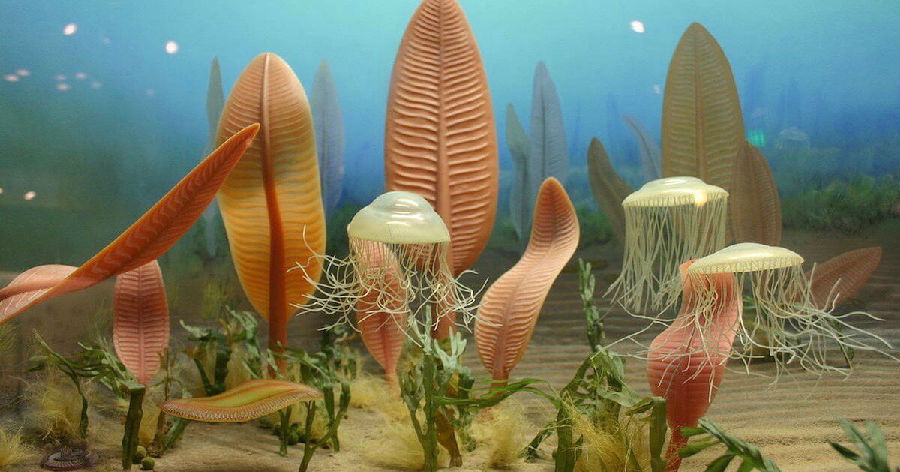The Cambrian explosion, if that's the word for it, probably was more an increase in size than a sudden appearance of new body types, Fortey says. "And it could have happened quite swiftly, so in that sense I suppose it was an explosion." The idea is that just as mammals bided their time for a hundred million years until the dinosaurs cleared off and then seemingly burst forth in profusion all over the planet, so too perhaps the arthropods and other triploblasts waited in semimicroscopic anonymity for the dominant Ediacaran organisms to have their day. Says Fortey: "We know that mammals increased in size quite dramatically after the dinosaurs went—though when I say quite abruptly I of course mean it in a geological sense. We're still talking millions of years."

Incidentally, Reginald Sprigg did eventually get a measure of overdue credit. One of the main early genera, Spriggina, was named in his honor, as were several species, and the whole became known as the Ediacaran fauna after the hills through which he had searched. By this time, however, Sprigg's fossil-hunting days were long over. After leaving geology he founded a successful oil company and eventually retired to an estate in his beloved Flinders Range, where he created a wildlife reserve. He died in 1994 a rich man.











